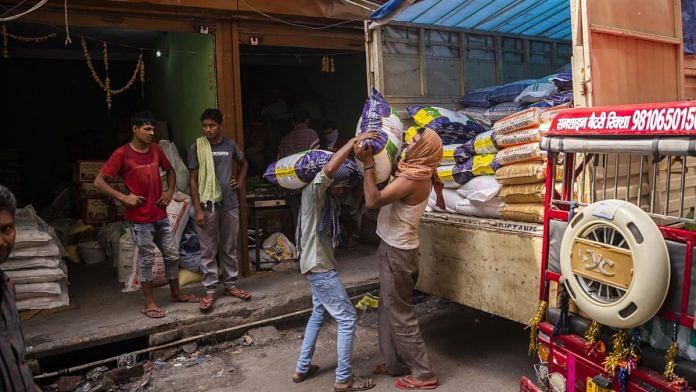Mumbai: Ignoring persistent food costs can have an undesired effect on policy rate setting in India, where calls are growing to revise the central bank’s inflation-targeting framework, according to a new study.
Food prices in India can prove to be quite sticky, with the duration varying from just over one month to four months in some cases, research from a working paper published by the RBI showed. Targeting core prices — which strips out volatile food and fuel costs — instead of the retail consumer prices carries the risk of under-predicting inflation and can lead to lower than desired changes in interest rate and vice-versa.
The Reserve Bank of India currently targets headline consumer price inflation, with a mandate to keep prices at the 4% midpoint of its 2%-6% target range. Higher food prices in recent months have driven the headline number well above the RBI’s tolerance limit and forced policy makers to halt interest-rate cuts last month after 115 basis points of easing this year.
“The bottom line is that macroeconomic models have to explicitly account for sticky component of food prices in this environment,” researcher GV Nadhanael, an assistant adviser in RBI’s department of economic and policy research, wrote. Stubborn food prices do not “perfectly align” with the conventional measure of underlying inflation, he said.
Food accounts for about 46% of India’s CPI, making it the highest among inflation-targeting countries. Economists including Bloomberg Economics’ Abhishek Gupta have argued that the headline inflation measure used now is too volatile and the RBI should rather target core prices.
“This dichotomy implies that focusing only on inflation excluding food and fuel as a measure of underlying inflation entails the risk of policy errors,” the paper said. –Bloomberg
Also read: RBI won’t allow rupee to rise sharply despite high consumer inflation, ICICI says






